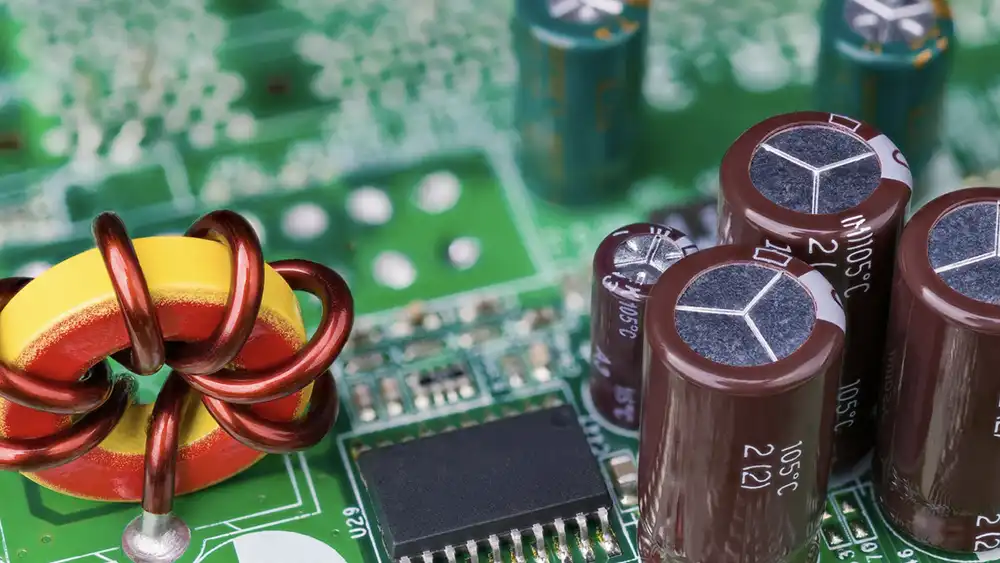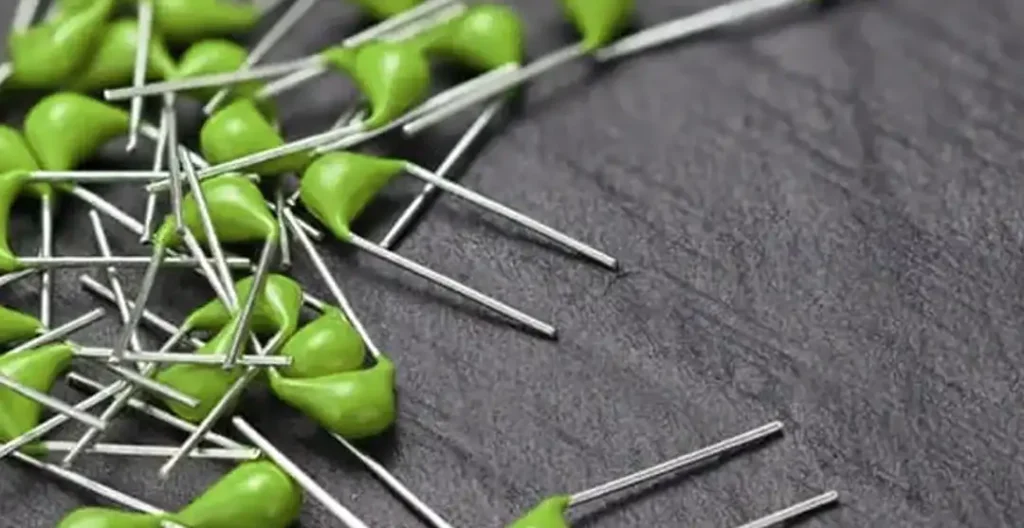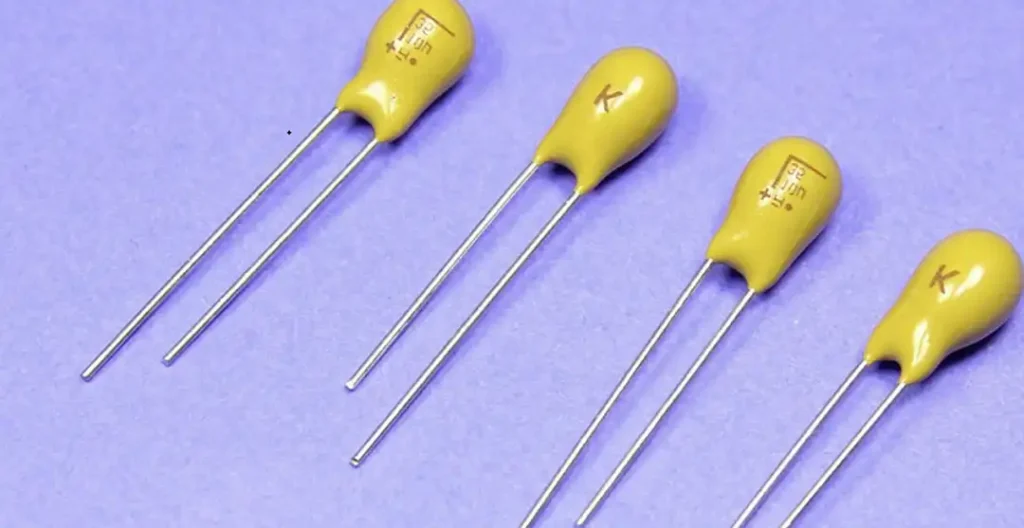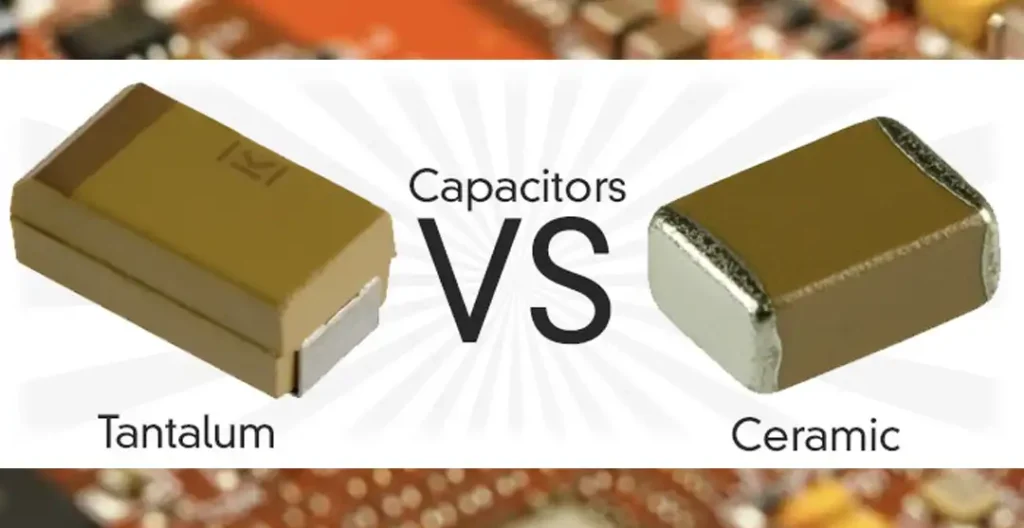When it comes to electronic components, understanding the nuances between similar-sounding devices is crucial. In the realm of capacitors, two commonly used types are ceramic capacitors and tantalum capacitors. While both serve similar purposes, they have distinct characteristics that make them suitable for different applications.
Let’s delve into the differences between ceramic capacitors and tantalum capacitors to help you make informed decisions for your electronic projects.
What Are Capacitors?

Capacitors are passive electronic components that store and release electrical energy. They consist of two conductive plates separated by an insulating material, known as the dielectric. When a voltage is applied across the plates, an electric field is formed, allowing the capacitor to store charge.
Role of Capacitors in Electronics
Capacitors play a vital role in various electronic circuits, serving functions such as filtering, decoupling, timing, and energy storage.
What Are Ceramic Capacitors?

Ceramic capacitors are constructed using ceramic materials as the dielectric. The conductive plates are typically made of silver or palladium, and the ceramic dielectric provides excellent stability and temperature tolerance.
Ceramic Capacitors Applications
Ceramic capacitors are commonly used in high-frequency applications, such as RF circuits, due to their low parasitic effects and fast response times. They are also suitable for bypass and decoupling applications in digital circuits.
Ceramic Capacitors Advantages
- High reliability and stability
- Wide range of capacitance values
- Low cost
- Suitable for high-frequency applications
What Are Tantalum Capacitors

Tantalum capacitors utilize tantalum metal as the anode, coated with a thin layer of tantalum pentoxide as the dielectric. This construction results in high capacitance values in a compact form factor.
Tantalum Capacitor Applications
Tantalum capacitors are commonly used in applications requiring high capacitance density and low leakage current, such as mobile devices, laptops, and power supplies.
Tantalum Capacitor Advantages
- High capacitance density
- Low leakage current
- Compact size
- Suitable for surface mount technology (SMT) assembly
Ceramic Capacitor vs Tantalum

Ceramic capacitors and tantalum capacitors are two common types of capacitors used in electronic circuits, each with its own set of characteristics and applications.
Here are the difference between ceramic and tantalum capacitor in the following.
Ceramic Capacitors:
- Composition and Structure: Ceramic capacitors are made of ceramic materials as the dielectric, which is the insulating layer between the conductive plates. The conductive plates are typically composed of silver or palladium. This construction provides excellent stability and tolerance to temperature variations.
- Applications: Ceramic capacitors find widespread use in high-frequency applications, such as radio frequency (RF) circuits, due to their low parasitic effects and fast response times. They are also suitable for bypass and decoupling applications in digital circuits.
- Advantages: Ceramic capacitors offer several advantages, including high reliability and stability, a wide range of capacitance values, low cost, and suitability for high-frequency applications.
Tantalum Capacitors:
- Composition and Structure: Tantalum capacitors utilize tantalum metal as the anode, coated with a thin layer of tantalum pentoxide as the dielectric. This construction allows tantalum capacitors to offer high capacitance values in a compact form factor.
- Applications: Tantalum capacitors are commonly used in applications requiring high capacitance density and low leakage current, such as mobile devices, laptops, and power supplies.
- Advantages: Tantalum capacitors offer advantages such as high capacitance density, low leakage current, compact size, and suitability for surface mount technology (SMT) assembly.
Comparison:
- Capacitance Range: Ceramic capacitors provide a wide range of capacitance values, typically from picofarads (pF) to microfarads (µF), while tantalum capacitors offer higher capacitance values in a smaller package.
- Voltage Rating: Ceramic capacitors generally have lower voltage ratings compared to tantalum capacitors, making them suitable for low-voltage applications.
- Cost: Ceramic capacitors are more cost-effective compared to tantalum capacitors, especially for applications requiring lower capacitance values.
- Reliability: Both types exhibit high reliability, but ceramic capacitors are more resistant to temperature variations and voltage transients.
Below is a comparison table highlighting the key differences between ceramic capacitors and tantalum capacitors:
| Feature | Ceramic Capacitors | Tantalum Capacitors |
|---|---|---|
| Composition | Ceramic dielectric with silver or palladium electrodes | Tantalum metal anode with tantalum pentoxide dielectric |
| Applications | High-frequency circuits, digital circuits | Mobile devices, laptops, power supplies |
| Capacitance Range | Wide range, typically from pF to µF | Higher capacitance values in a compact form factor |
| Voltage Rating | Lower voltage ratings | Higher voltage ratings |
| Cost | Relatively low cost | Higher cost compared to ceramic capacitors |
| Reliability | High reliability and stability | High reliability, compact size |
| Leakage Current | Generally low leakage current | Low leakage current |
| Size | Generally larger | Compact |
| Construction | Ceramic material with metal electrodes | Tantalum metal anode with tantalum pentoxide dielectric |
| Suitable for | High-frequency applications, digital circuits | Applications requiring high capacitance density |
This table provides a quick overview of the difference between tantalum and ceramic capacitors in terms of composition, applications, capacitance range, voltage rating, cost, reliability, leakage current, size, and suitability for various applications.
FAQs
Which capacitor is better for high-frequency applications?
Ceramic capacitors are preferred for high-frequency applications due to their low parasitic effects and fast response times.
Are tantalum capacitors suitable for low-voltage applications?
Yes, tantalum capacitors are suitable for low-voltage applications, but they are more commonly used in devices requiring higher capacitance density.
What factors should I consider when choosing between ceramic and tantalum capacitors?
Factors such as capacitance range, voltage rating, cost, and application requirements should be considered when selecting between ceramic and tantalum capacitors.
Can ceramic and tantalum capacitors be used interchangeably?
While ceramic and tantalum capacitors serve similar functions, they have different characteristics, and their interchangeability depends on specific application requirements.
Are there any environmental concerns associated with tantalum capacitors?
Tantalum capacitors may raise environmental concerns due to the extraction process of tantalum metal, which involves mining and potential environmental impacts.
What is the typical lifespan of ceramic and tantalum capacitors?
Both ceramic and tantalum capacitors have long lifespans when operated within their specified parameters, with ceramic capacitors generally exhibiting higher reliability over a wide range of conditions.
Conclusion
In summary, ceramic capacitors and tantalum capacitors are essential components in electronic circuits, each offering distinct advantages based on their construction and characteristics. Understanding the differences between these capacitors is crucial for selecting the most suitable component for your specific application requirements.




















